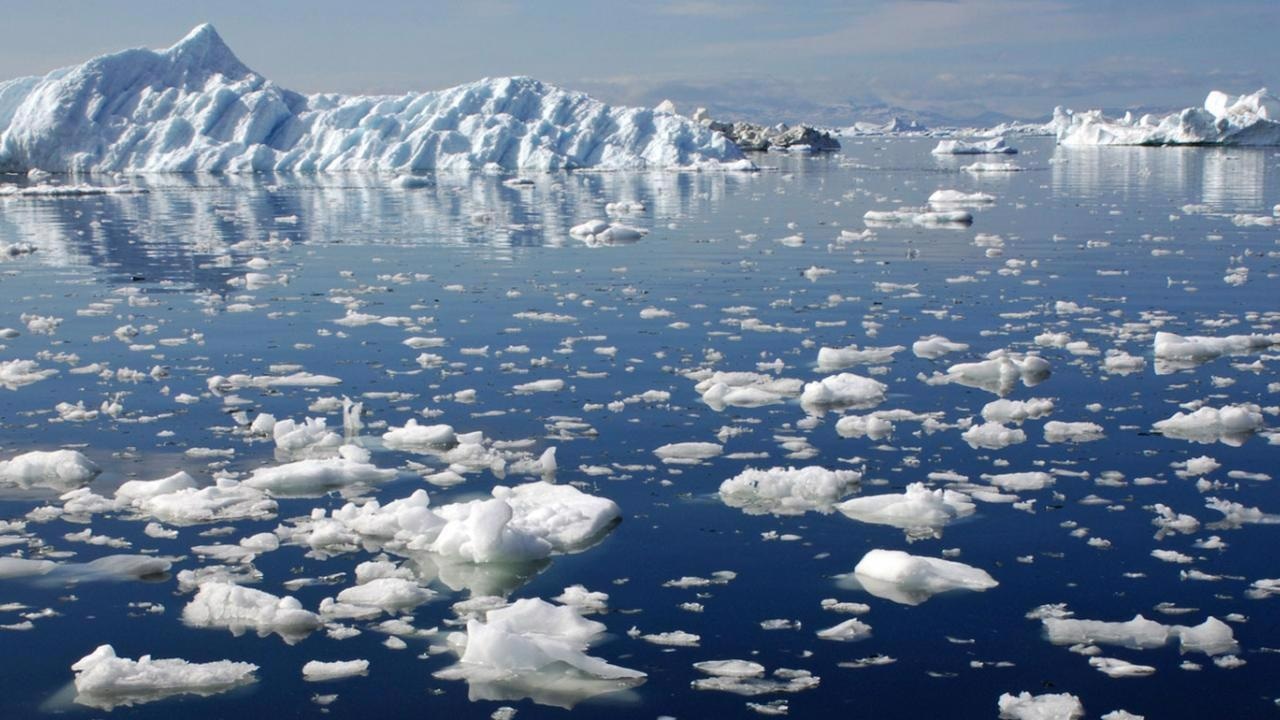Reviewed by Alex SmithMay 3 2022
According to a new study, there was a period of accelerated global climate change in an ice-capped world about 304 million years ago, similar to the present. In just 300,000 years, carbon dioxide levels in the air doubled, biodiversity declined at sea and on land, and oceans turned anoxic.

Image Credit: University of California, Davis.
It was one of the fastest warming events in Earth’s history.
Isabel Montañez, Distinguished Professor, Department of Earth and Planetary Sciences, University of California, Davis
Although numerous other “hyperthermal,” or accelerated warming events, have been recorded throughout Earth’s history, this is the first detected in an icehouse Earth, when the planet had glaciers and ice caps, akin to the present.
It reveals that an icehouse climate may be more sensitive to variations in carbon dioxide (CO2) levels in the air than warmer environments when the levels of CO2 are already higher. The study has been published in the May 2nd issue of the journal Proceedings of the National Academy of Sciences.
Montañez’s laboratory has explored the period between 300 million and 260 million years ago when the climate of Earth changed from a glacial icehouse to a hot, ice-free greenhouse. In 2007, they demonstrated that the climate oscillated back and forth numerous times during this period.
In recent times, Montañez’s team and others were able to narrow down to a transition 304 million years ago, the Kasimovian–Gzhelian boundary (KGB). They used numerous proxies such as carbon isotopes and trace elements from plant fossils and rocks, modeling to estimate CO2 in the air at the time.
The team estimates that approximately 9,000 gigatons of carbon were emitted into the air just before the KGB.
We don’t have a rate, but it was one of the fastest in Earth’s history.
Isabel Montañez, Distinguished Professor, Department of Earth and Planetary Sciences, University of California, Davis
That doubled CO2 levels in the air from around 350 parts per million, comparable to contemporary pre-industrial levels, to around 700 ppm.
Deep Ocean Dead Zones
Marine anoxia, or a decline in dissolved oxygen in the ocean, is one of the repercussions of global warming. Melting ice caps discharge fresh water onto the ocean surface, forming an obstacle to deep water circulation and hindering oxygen supply. Without oxygen, aquatic life dies.
Insufficient oxygen affects uranium isotopes fused into rocks developing on the ocean floor. By quantifying uranium isotopes in carbonate rocks in modern China, the scientists could obtain a proxy for the quantity of oxygen — or absence of it — in the ocean when those rocks were formed.
The team has reported that approximately 23% of the ocean’s floor around the world became anoxic dead regions. That matches with other studies demonstrating big losses in biodiversity at sea and on land, simultaneously.
The impact of carbon release on marine anoxia was considerably greater than that observed in other studies of accelerated warming during “greenhouse” conditions. That may be due to the baseline level of CO2 in the atmosphere being already a lot higher.
If you raised CO2 by the same amount in a greenhouse world, there isn’t much effect, but icehouses seem to be much more sensitive to change and marine anoxia.
Isabel Montañez, Distinguished Professor, Department of Earth and Planetary Sciences, University of California, Davis
The enormous carbon release may have been activated by volcanic eruptions that ripped through carboniferous coal beds, Montañez explained. The eruptions would also have triggered fires, and warming may have melted permafrost, causing the release of additional organic carbon.
Montañez is a co-corresponding author on the paper along with Jitao Chen, formerly a postdoctoral scholar at UC Davis and currently at the Nanjing Institute of Geology and Palaeontology, China, and Xiang-dong Wang, Nanjing University, China.
Additional co-authors include Shuang Zhang, Texas A&M University; Terry Isson, Sofia Rauzi, and Kierstin Daviau, University of Waikato, New Zealand; Le Yao, Yu-ping Qi, and Yue Wang, Nanjing Institute of Geology and Palaeontology; Sophia Macarewich and Christopher Poulsen, University of Michigan, Ann Arbor; Noah Planavsky, Yale University; Feifei Zhang, Jun-xuan Fan, and Shu-zhong Shen, Nanjing University; and Ariel Anbar, Arizona State University.
The study received support from the National Natural Science Foundation of China, the U.S. National Science Foundation, and the Chinese Academy of Sciences.
Journal Reference:
Chen, J., et al. (2022) Marine anoxia linked to abrupt global warming during Earth’s penultimate icehouse. Proceedings of the National Academy of Sciences. doi.org/10.1073/pnas.2115231119.